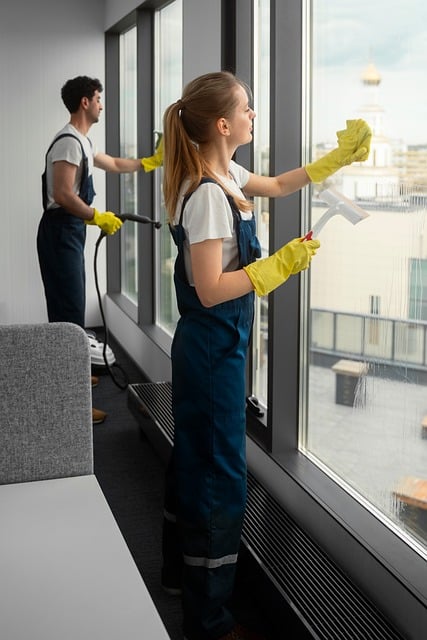Hairstyles for Mature Women to Look Younger
Finding the perfect hairstyle can transform your appearance and boost your confidence at any age. For mature women seeking a fresh, youthful look, the right cut, color, and styling approach can make all the difference. Modern hairstyling techniques offer countless options that enhance natural beauty while minimizing signs of aging. From strategic layering to face-framing cuts, today's hairstyles celebrate maturity while creating a vibrant, rejuvenated appearance that reflects your personality and lifestyle.

As women age, hair texture, volume, and growth patterns naturally change, making it essential to adapt hairstyles accordingly. The right hairstyle doesn’t just complement facial features—it can soften lines, add dimension, and create an overall more youthful appearance. Understanding which styles work best for your face shape, hair type, and lifestyle preferences helps you make informed decisions that enhance your natural beauty.
The Power of a Youthful Hairstyle
A well-chosen hairstyle serves as one of the most effective non-invasive ways to achieve a younger appearance. Hair frames the face and draws attention to your best features while minimizing areas of concern. Styles that add volume at the crown lift the face visually, counteracting the natural descent that occurs with aging. Movement and texture in hair create vitality and energy, qualities associated with youthfulness. Strategic placement of highlights or lowlights adds dimension and depth, making hair appear fuller and more vibrant. The psychological impact of a flattering hairstyle extends beyond appearance—feeling confident in your look positively affects posture, expression, and overall demeanor. Professional stylists recommend updating your hairstyle every few years to keep pace with changing hair texture and facial structure.
Embracing Short and Chic Styles
Short hairstyles offer numerous advantages for mature women seeking a refreshed appearance. Pixie cuts, when properly tailored to face shape, create a bold, confident look that draws attention to facial features like eyes and cheekbones. The maintenance requirements for short styles typically involve regular trims every four to six weeks, but daily styling time decreases significantly. Textured bobs hitting just below the chin provide versatility—they can be styled sleek and sophisticated or tousled for casual elegance. Short styles often appear fuller because less weight pulls down on the hair shaft, creating natural volume. Asymmetrical cuts add modern edge and visual interest, breaking up symmetry that can sometimes emphasize aging. These styles work particularly well for women with fine or thinning hair, as shorter lengths disguise reduced density more effectively than longer styles.
Long Layers for a Timeless Appeal
Layered hairstyles remain popular among mature women because they combine elegance with practicality. Long layers starting around chin level and extending through the length create movement and prevent hair from appearing heavy or flat. This technique works especially well for women with naturally wavy or curly hair, as layers enhance texture and reduce bulk. Face-framing layers draw attention to the eyes and cheekbones while softening the jawline and neck area. The versatility of layered styles allows for multiple styling options—straight and sleek, wavy and romantic, or curled for special occasions. Shoulder-length cuts with layers offer a sweet spot between short and long, providing enough length for styling variety while remaining manageable. Maintaining layered styles requires trims every eight to twelve weeks to preserve shape and prevent split ends. Proper conditioning and heat protection become increasingly important with longer styles to maintain hair health and shine.
The Impact of Bangs
Bangs represent a transformative element that can significantly affect overall appearance. Side-swept bangs create softness and movement while concealing forehead lines without appearing too heavy or dated. Wispy, textured bangs offer a contemporary alternative to blunt cuts, providing coverage while maintaining an airy, youthful quality. Curtain bangs, parted in the middle and sweeping to either side, frame the face beautifully and work with various hair lengths and textures. The key to successful bangs lies in proper customization—thickness, length, and styling direction should complement individual face shapes and features. Women with high foreheads often find that bangs create better facial proportion, while those with smaller foreheads might prefer longer, side-swept options. Maintenance considerations include more frequent trims, typically every three to four weeks, to keep bangs at the optimal length. Styling products like light pomades or texturizing sprays help maintain shape throughout the day without creating stiffness.
Choosing the Right Style for You
Selecting the ideal hairstyle involves considering multiple factors beyond current trends. Face shape plays a crucial role—oval faces accommodate most styles, while round faces benefit from volume at the crown and length past the chin. Square face shapes soften with curved lines and side-swept elements, whereas heart-shaped faces balance well with chin-length cuts or longer styles. Hair texture significantly influences which styles work best—fine hair appears fuller in shorter to medium lengths with layers, while thick hair often requires strategic thinning and longer lengths to prevent excessive volume. Lifestyle considerations matter equally—active lifestyles may favor low-maintenance cuts, while those who enjoy styling might prefer versatile longer options. Consulting with an experienced stylist provides personalized recommendations based on your unique features, hair characteristics, and preferences. Bringing reference photos helps communicate your vision, though realistic expectations about how styles translate to different hair types prevent disappointment. Color choices also impact the overall youthful effect—strategic highlights around the face brighten complexion, while all-over color can appear harsh. Many stylists recommend gradually lightening hair as you age, as softer tones tend to be more flattering than very dark colors.
Maintaining any hairstyle requires appropriate products and techniques suited to your hair type and chosen style. Regular professional treatments help maintain hair health, addressing concerns like dryness, brittleness, or thinning that often accompany aging. Home care routines should include gentle cleansing, adequate conditioning, and protection from heat styling and environmental damage. Embracing your natural texture rather than fighting it often yields the most flattering and manageable results. Remember that hair changes over time, so remaining flexible and willing to adjust your style ensures you always look and feel your best.






